PROVIDENCE, R.I. [Brown University] — There’s an interesting fluid dynamics phenomenon that happens every morning in millions of cereal bowls. When there are just a few bits of cereal left floating on top of the milk, they tend to cluster…
Month: December 2019
Honey, I shrunk Michelangelo’s David
There he is, standing upon his pedestal: David by Michelangelo. A world-?famous statue that nearly every child can recognise. But this David is just 1 millimeter tall, pedestal included, and is made not of marble like the 5.17-?meter original, but…
Addressing committed emissions in both US and China requires carbon capture and storage
Stabilizing global temperatures will require deep reductions in carbon dioxide (CO 2 ) emissions worldwide. Recent integrated assessments of global climate change show that CO 2 emissions must approach net-zero by mid-century to avoid exceeding the 1.5°C climate target. However,…
Fossil expands ancient fish family tree
Second African lungfish found far south
Mathematical models provide a snapshot of the human gut microbial community
Microbial communities can be found everywhere – from lakes to the soil on the ground, they are omnipresent yet invisible to the naked eye. Within those environments there exist dynamic communities which fluctuate in response to environmental changes. One such…
Ultrashort x-ray technique will probe conditions found at the heart of planets
Combining powerful lasers and bright x-rays, Imperial and STFC researchers have demonstrated a technique that will allow new extreme experiments. The new technique would be able to use a single x-ray flash to capture information about extremely dense and hot…
Nursing Leaders Convene at Columbia Nursing for First National LGBTQ Health Summit
The first National Nursing LGBTQ Health Summit was a first step toward creating a national health action plan to raise awareness of and improve LGBTQ health.

Novel PPPL invention could improve the efficiency of car and truck engines while reducing pollutants
PPPL invention could improve efficiency of engines while reducing pollutants.
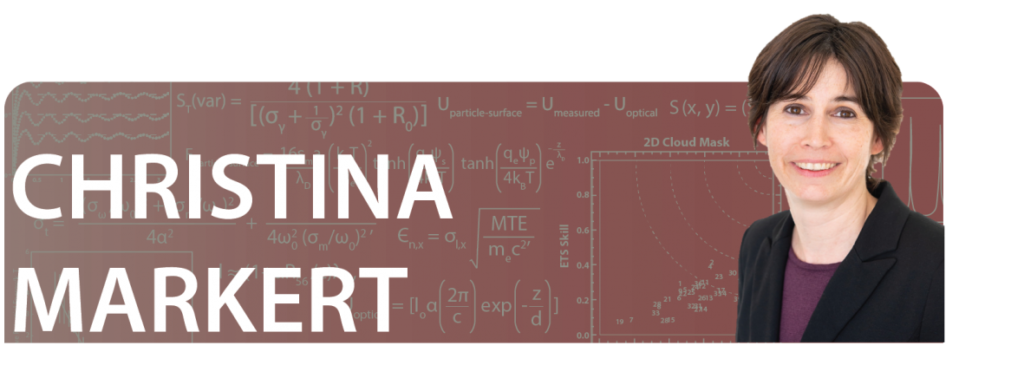
Christina Markert: Then and Now
Christina Markert is a professor in the Department of Physics at the University of Texas in Austin.
Caring for Transgender Persons: What Clinicians Should Know
The New England Journal of Medicine review by Mount Sinai experts will serve as a major resource and guide for all physicians looking for best care strategies
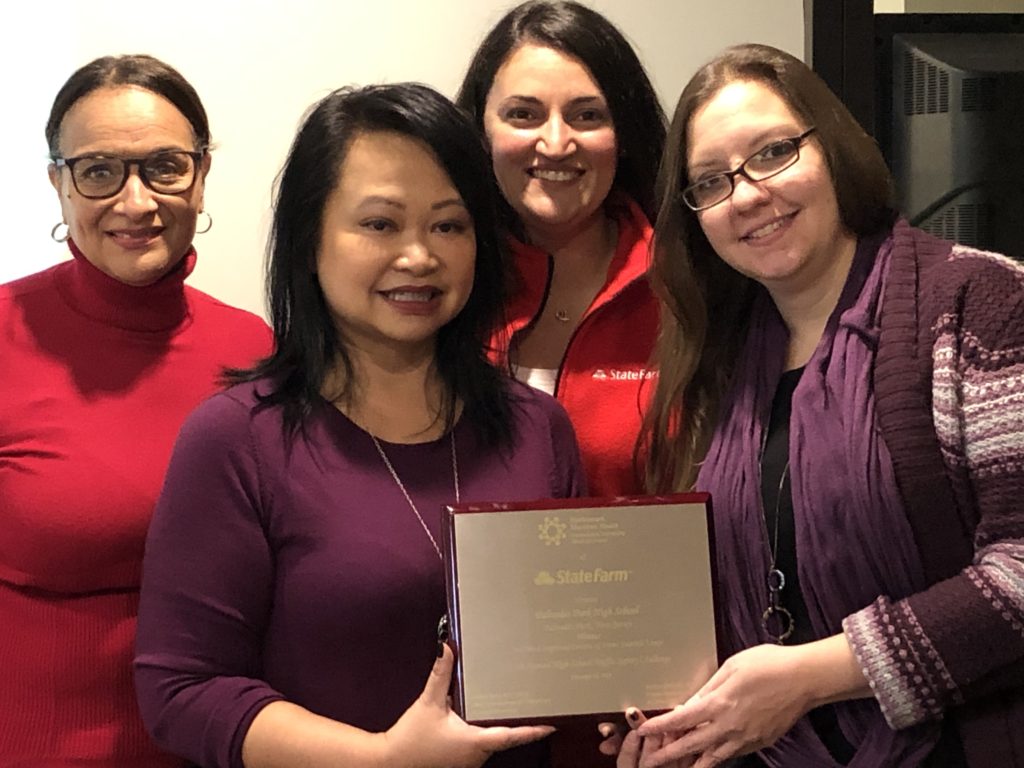
Hackensack University Medical Center Traffic Safety Challenge Awards Recognize High Schools Promoting Seatbelt Usage and Safe Driving Behaviors
The fall challenge was designed to help teens become safer drivers and passengers by encouraging the use of seat belts in both the front and back seats as well as avoiding risky driving behaviors, such as texting or talking on a handheld phone while driving, speeding and drinking and driving. The program was developed by the Drive Smart Foundation and is funded with a grant from State Farm insurance company.
Hackensack University Medical Center’s MOLLY Diabetes Education/Management Center Receives 8th Education Recognition from the American Diabetes Association
This certification is an affirmation that the services provided at the MOLLY Center meet the national standards for diabetes care.

Battery-powered headgear could short-circuit joint pain
Tired of living with painful arthritic knees, 54-year-old Deborah Brown’s interest was piqued when she saw a recruitment flyer for a clinical trial on an innovative pain treatment at The University of Texas Health Science Center at Houston (UTHealth).
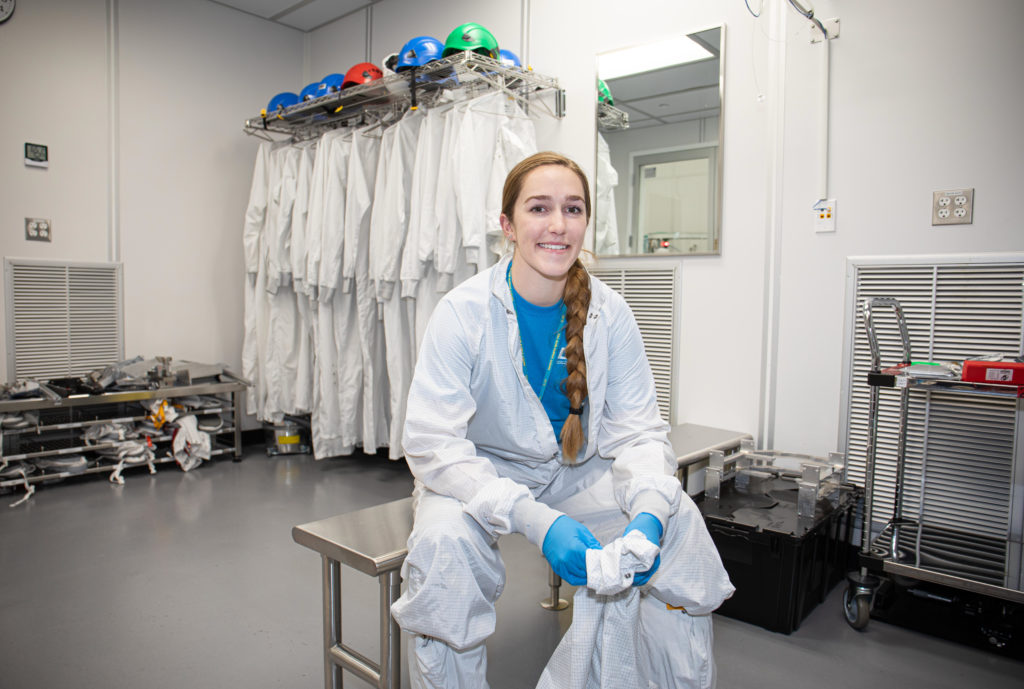
A day in the life of a telescope camera assembler
The LSST camera is the biggest digital camera ever constructed for ground-based astronomy. Within the year, Hannah and her teammates will finish assembling and testing the camera and it will be shipped to its home at the summit of Cerro Pachón in Chile.

CRI scientists discover metabolic feature that allows melanoma cells to spread
Researchers at Children’s Medical Center Research Institute at UT Southwestern (CRI) have uncovered why certain melanoma cells are more likely to spread through the body.
Obesity, but Not Poor Diet and Inactivity, Linked to Higher Risk of Dementia
A large study that followed more than one million women for nearly two decades has found that obesity in midlife is linked to a greater risk of dementia later in life; however, poor diet and lack of exercise are not. The study is published in the December 18, 2019, online issue of Neurology®, the medical journal of the American Academy of Neurology.
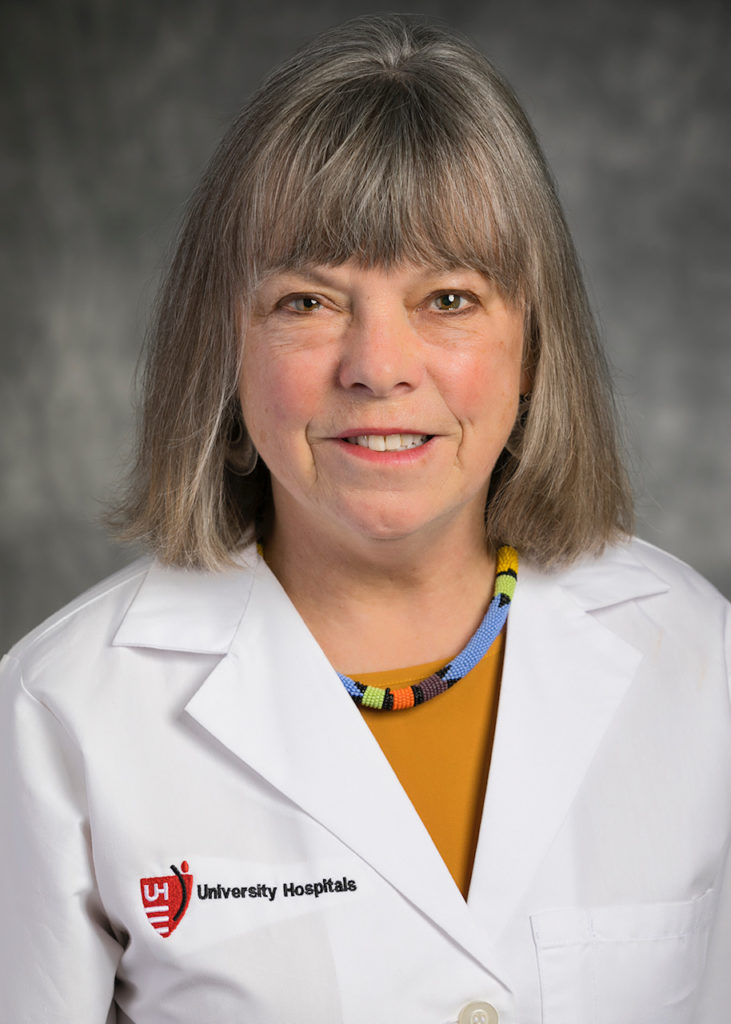
Cynthia F. Bearer, MD, PhD, Appointed Chief, Division of Neonatology at University Hospitals Rainbow Babies & Children’s Hospital
Announcement of new chief of neonatology at University Hospitals Rainbow Babies & Children’s Hospital: Cynthia F. Bearer, MD, PhD.

A Decade in Review: 7 Healthcare Breakthroughs
UCLA Health experts weigh in on the most significant healthcare advances of the last ten years and what exciting developments we can look forward to in the decade ahead.
Rick Sumner Named Fellow of the American Association for the Advancement of Science
Rick Sumner, PhD, has spent years studying implants and ways to decrease failure by catching it early.
In recognition of his distinguished contributions to understanding bone remodeling around orthopedic implants and developing strategies to improve implant fixation, Sumner has been named a fellow of the American Association for the Advancement of Science (AAAS).
Alzheimer’s study shows promise in protecting brain from tau
In the search for an Alzheimer’s cure, the scientific community has focused on drugs to lessen the buildup of amyloid protein in the brain. But new research published today in Science Translational Medicine finds that targeting tau pathology shows promise.The discovery came by looking at what could make worms resistant to pathological tau protein. That’s when researchers discovered the role of the MSUT2 gene. The latest study applied to mice as well. And held true in autopsy samples of Alzheimer’s patients.

A Strategy to Help Solve the College Conundrum
While young people today need college more than ever, college attendance across the country has dropped in each of the last nine years. As enrollment declines threaten the survival of more than a third of our nation’s colleges, and as communities face economic decline because they’re short on college-educated workers, a solution lies within our grasp.
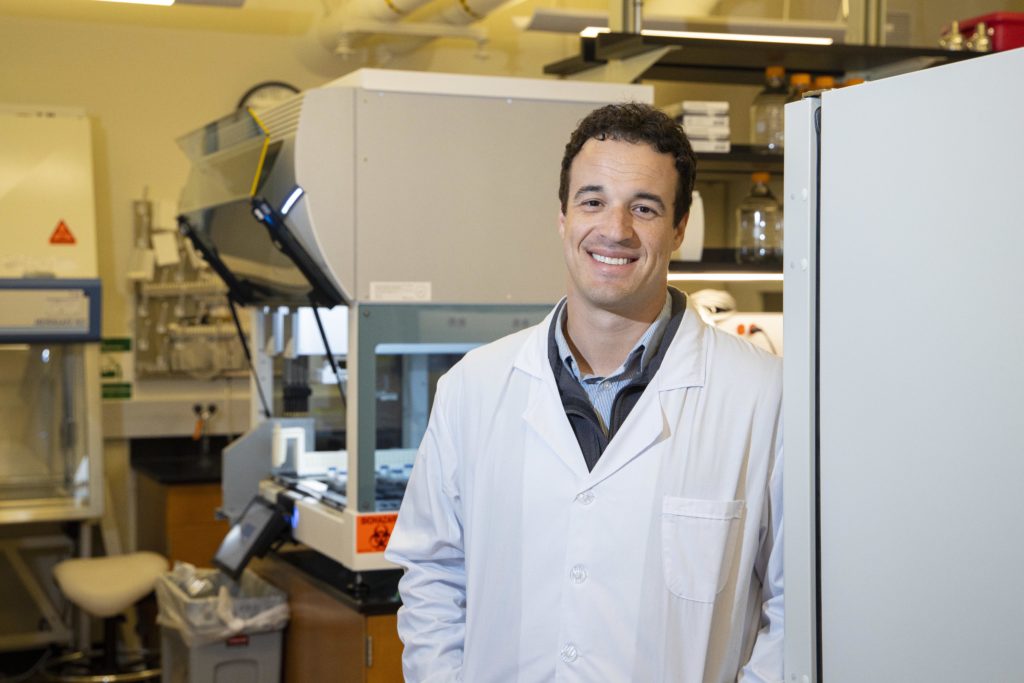
Eating Too Much — Not Exercising Too Little — May Be at Core of Weight Gain, Study of Amazonian Children Finds
Forager-horticulturalist children in the Amazon rainforest do not spend more calories in their everyday lives than children in the United States, but they do spend calories differently. That finding provides clues for understanding and reversing global trends in obesity and poor metabolic health, according to a Baylor University researcher in a study published in Science Advances.
A New Way to Optimize Sleep and Light Exposure Can Reduce Jet Lag and Improve Alertness
In a series of articles, including one published today in PLOS ONE, researchers from Rensselaer Polytechnic Institute explain how they have developed and demonstrated a series of algorithms that can analyze biometric information recorded by a smart device and then recommend the best combination of sleep and light to help a person readjust their circadian rhythm.
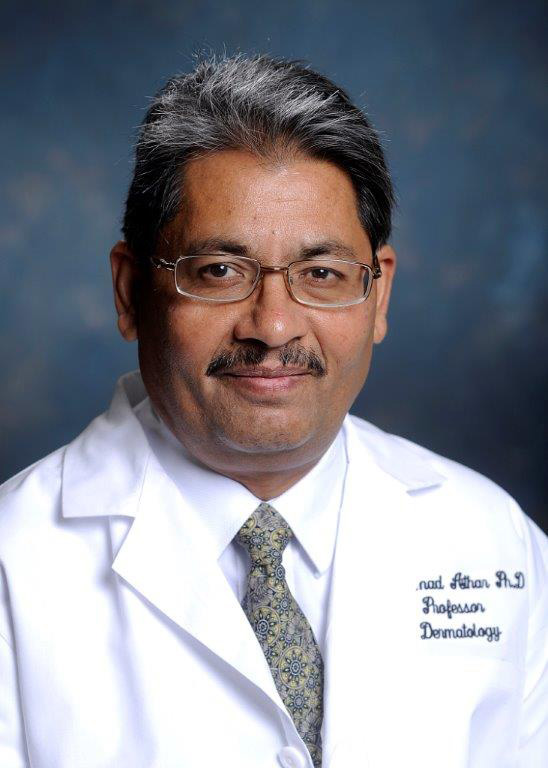
Cancer therapy may be aided by induced macropinocytosis, a rarely reported form of cell death
A metabolic inhibitor was able to kill human cancer cells of the skin, breast, lung, cervix and soft tissues through a non-apoptotic route — catastrophic macropinocytosis. The inhibitor acted synergistically with the chemotherapy drug, cyclophosphamide, in mouse xenografts to reduce tumor growth.
The Medical Minute: Healthy eating over the holidays
Between bountiful buffets and “food-pushing relatives,” the winter holidays hold landmines for those trying to eat healthy. Check out these tips for navigating the holiday eating scene.
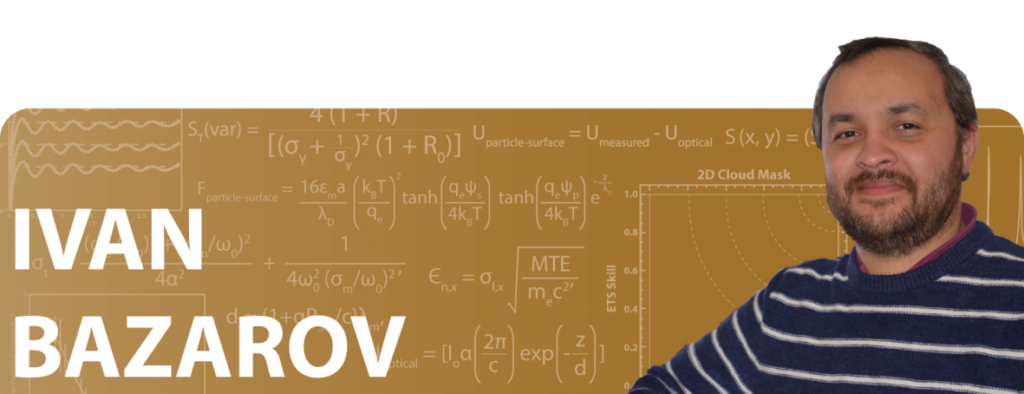
Ivan Bazarov: Then and Now
Ivan Bazarov is a professor in the Department of Physics at Cornell University.
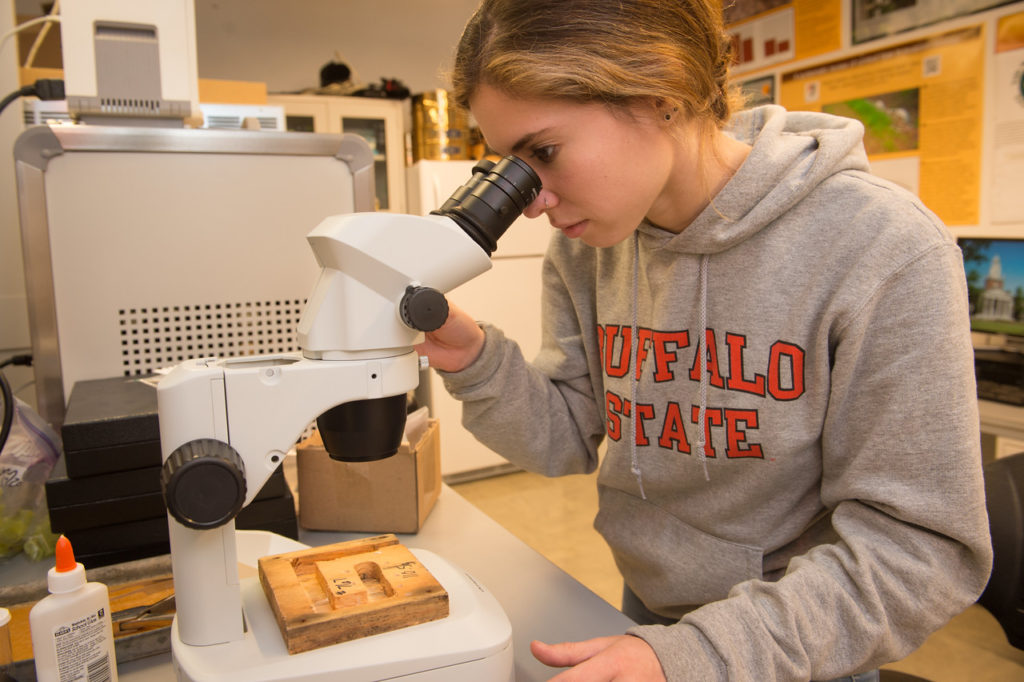
The Ant, the Woodpecker, and the 3-D Printer: A Tale of Interdepartmental Collaboration
When departments collaborate across campus, good things happen.

Earliest known coastal seawall uncovered at Neolithic settlement Tel Hreiz
Possibly one of the first attempts to protect against sea-level rise in a human settlement is described in a study published December 18, 2019 in the open-access journal PLOS ONE by Ehud Galili from the University of Haifa, Israel, and colleagues.
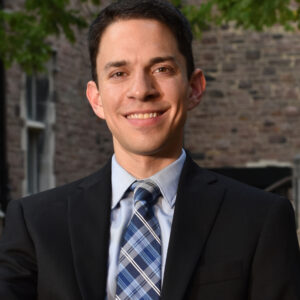
New year’s resolution: Wait until spring
Winter is dark. It’s exhausting. It has also features the flu, colds and a tendency to stay indoors. So is Jan. 1 really a good time for resolutions? WashU’s Tim Bono has a better idea: Wait a few months.
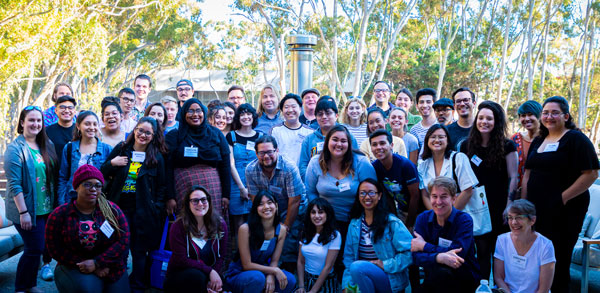
UC San Diego, San Diego Community College District Receive Combined $2.7M from Mellon Foundation
With $2.7 million support from The Andrew W. Mellon Foundation, the University of California San Diego and San Diego Community College District are building a pipeline of successful undergraduate and graduate students, resulting in a new generation of leaders who will reshape the value and meaning of an education in the humanities in the 21st century.
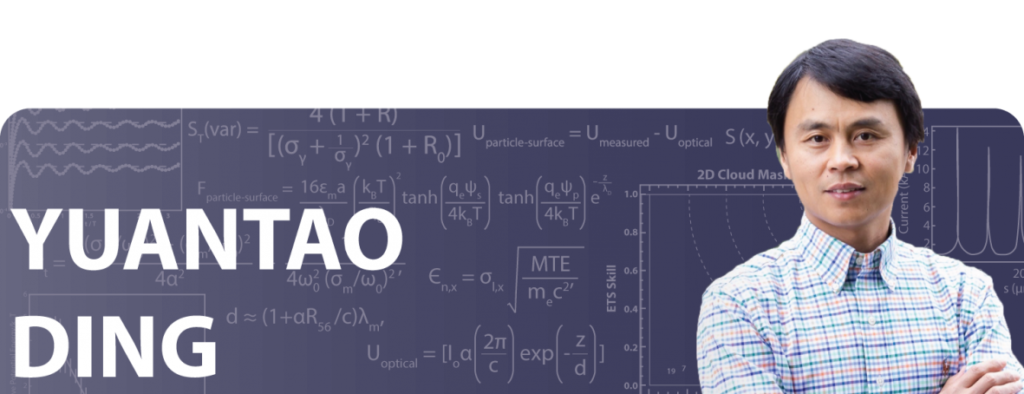
Yuantao Ding: Then and Now
Yuantao Ding is a staff scientist at the Department of Energy’s SLAC National Accelerator Laboratory.

New Space Image Reveals a Cosmic ‘Candy Cane’
Deep in our Milky Way galaxy’s center, a candy cane emerges as the centerpiece of a new, colorful composite image from a NASA camera, just in time for the holidays.

‘Like a video game with health points,’ energy budgets explain evolutionary body size
Budgeting resources isn’t just a problem for humans preparing a holiday dinner, or squirrels storing up nuts for the winter.
A new model of how animals budget their energy sheds light on how they live and explains why they tend to evolve toward larger body sizes. The research, published in PNAS, proposes that animal energy budgets are governed by a key mechanism: resource variation — a measure of how spread out or clumped up food and water are.

Cookie doctor makes gingerbread replica of the Kansas State University President’s Residence
Sugar and spice and everything nice: that’s what the Kansas State University President’s Residence is made of — or at least the miniature gingerbread version.
It was designed, baked, constructed and decorated by Rebecca Miller Regan, assistant professor of bakery science, who understands the science behind making gingerbread houses.

SDSC Supercomputer Simulations Aid in Solving Boron Carbide Mystery
Building upon decades of research on how to make boron carbide even more efficient, an engineering team at the University of Florida (UF) has been conducting simulations using SDSC’s Comet supercomputer to better understand the nanoscale level deformation mechanisms of this important material.
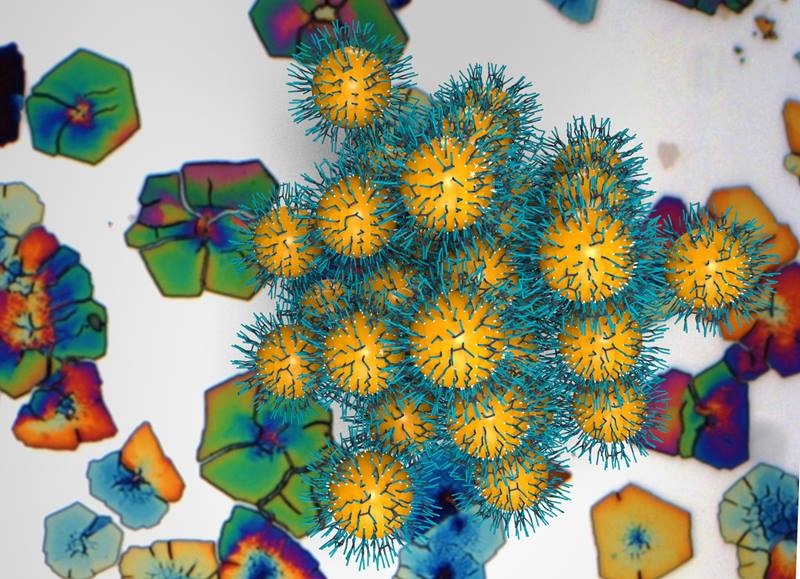
Super Nanoparticle Superlattices
This new research shows how the ligands affect key structural and mechanical properties of the superlattices.
In global south, urban sanitation crisis harms health, economy
Researchers spent a year examining 15 cities in the global south, and found that 62% of sewage and fecal sludge is unsafely managed. Their findings are detailed in a report from the World Resources Institute/Ross Center for Sustainable Cities.
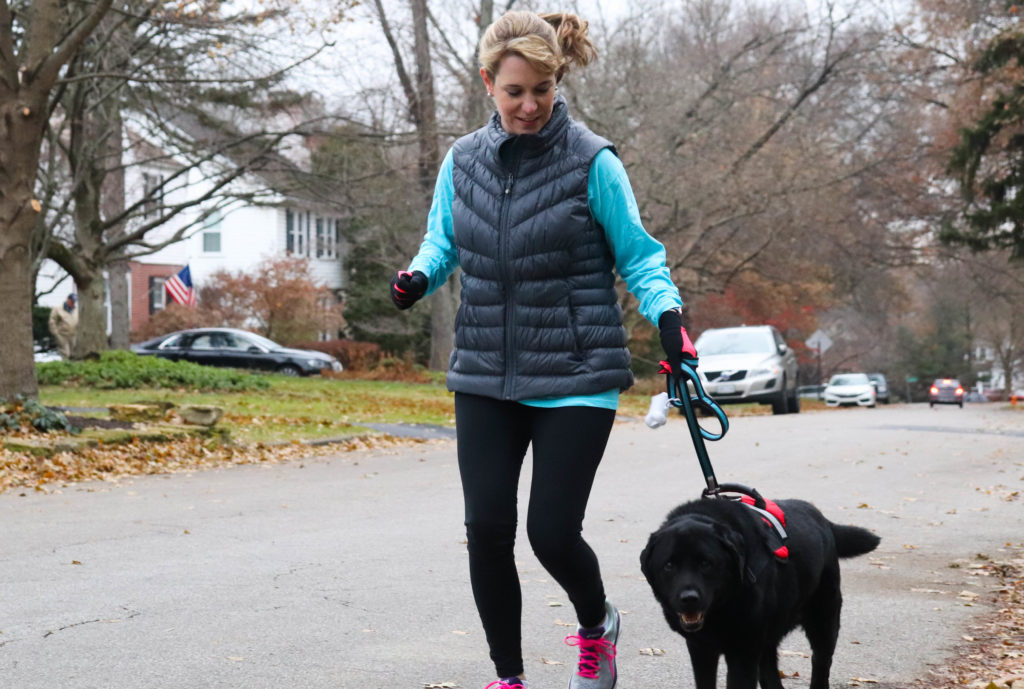
OHIO STATE EXPERTS: PARTNER WITH YOUR PET TO SUCCEED WITH DIET AND EXERCISE PLANS
Experts at The Ohio State University Veterinary Medical Center and The Ohio State University Wexner Medical Center say that partnering with your pet when implementing healthy habits can be a great way to find motivation and make you both happier and healthier.
Babson Joins More Than 100 Colleges Filing “Friend of Court” Brief to Oppose Rollback Of Training Program That Benefits International Students
More than 100 public and private universities and colleges – including Babson College – have filed an amicus brief to defend the long-standing immigration program known as Optional Practical Training (OPT) that benefits international students studying in the U.S.
Case Western Reserve social sciences researchers develop new tool to assess exposure to childhood violence, trauma
One in five children in Cuyahoga County, Ohio, are either exposed to, or are victims of, violence and trauma, according to a new study from the Jack, Joseph and Morton Mandel School of Applied Social Sciences at Case Western Reserve University.

75 million-year-old sea turtle fossil discovery is a new genus and species that sheds light on the evolution of its modern relatives
Scientists are racing to determine which genealogy most accurately represents the evolutionary history of sea turtles — a challenging proposition.
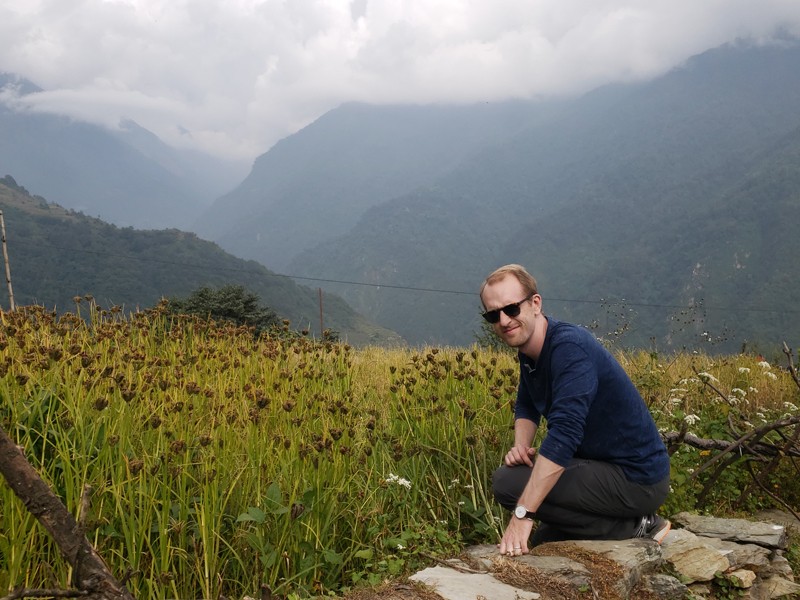
Switching Cereals in India for Improved Nutrition, Sustainability
A new study offers India a pathway to improve nutrition, climate resilience and the environment by diversifying its crop production. And it also offers global insights into the need to consider sustainable approaches to agriculture.
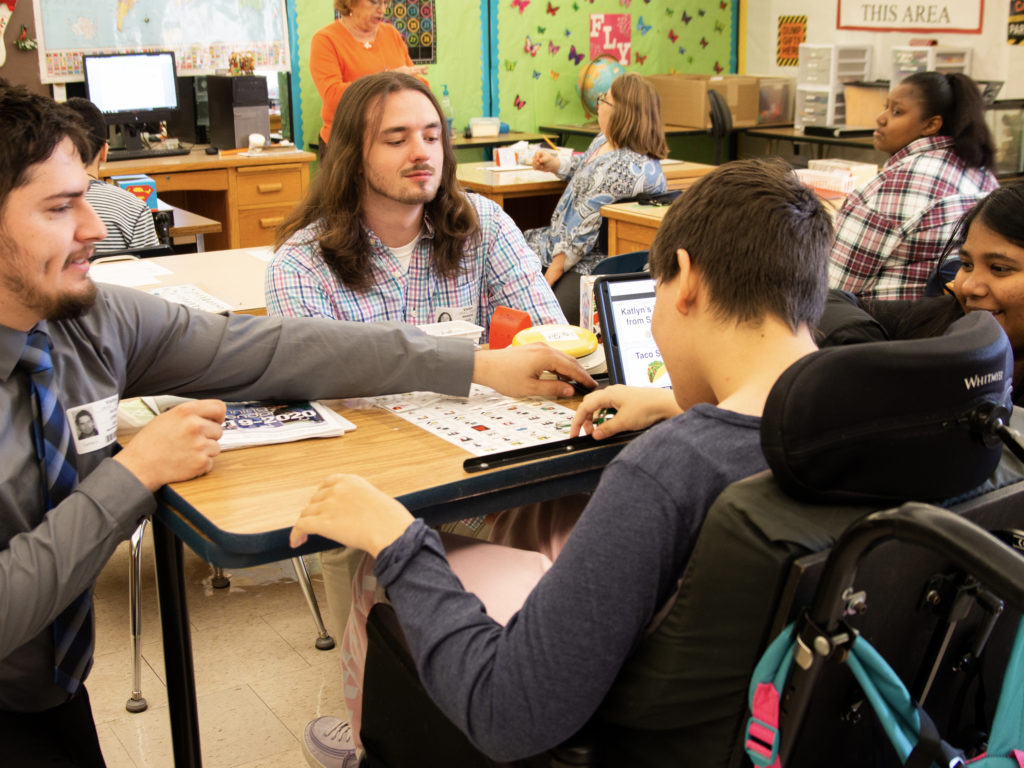
Project-based class intended to immerse engineering students in realistic problem-solving situations
Wichita State University students interested in assistive technology and service learning will be able to perform projects through an “Accessible Design” class offered for the first time in spring 2020. This fall, students in a project-based class developed technology to help a nonverbal individual communicate.

LI High School Students Solve Protein Structures at Brookhaven’s Light Source
Students from Long Island, New York, high schools have collaborated across districts to decipher the atomic-level structures of two proteins involved in a variety of diseases. The students used very bright x-rays at the National Synchrotron Light Source II at Brookhaven National Laboratory to identify the 3-D arrangements of atoms that make up functional components of these proteins.
A more intuitive online banking service would reinforce its use among the over-55s
Experts from the MAD (Analytical and Digital Marketing) Research Group from the University of Seville have drawn attention to the fact that the very nature of online banking, according to the data analysed

Study Suggests Early-Life Exposure to Dogs May Lessen Risk of Developing Schizophrenia
Ever since humans domesticated the dog, the faithful, obedient and protective animal has provided its owner with companionship and emotional well-being. Now, a study from Johns Hopkins Medicine suggests that being around “man’s best friend” from an early age may have a health benefit as well — lessening the chance of developing schizophrenia as an adult.
Long-Term Diabetes Control Affects Trauma Outcomes, Reports Study in SHOCK®
In trauma patients with diabetes, poorer long-term control of blood glucose levels is linked to a higher risk of death and trauma-related complications, reports a study in SHOCK®: Injury, Inflammation, and Sepsis: Laboratory and Clinical Approaches, Official Journal of the Shock Society. The journal is published in the Lippincott portfolio by Wolters Kluwer.
Study Shows Risks for Additional Procedures after Bariatric Surgery
Which of the two most common bariatric surgeries – gastric sleeve or gastric bypass – has the highest subsequent risk of additional operations or procedures?
UA Little to develop free cybersecurity curriculum for high school students through new partnership with Arkansas Department of Education
The University of Arkansas at Little Rock will help create a free cybersecurity curriculum for Arkansas high school students as part of a new partnership announced Dec. 9 at UA Little Rock’s College of Engineering and Information Technology. The Arkansas Department of Education (ADE) Office of Computer Science will partner with UA Little Rock, the Arch Ford Education Service Cooperative’s Virtual Arkansas division, and the University of Central Arkansas to develop a three-year cybersecurity curriculum and course pathway.
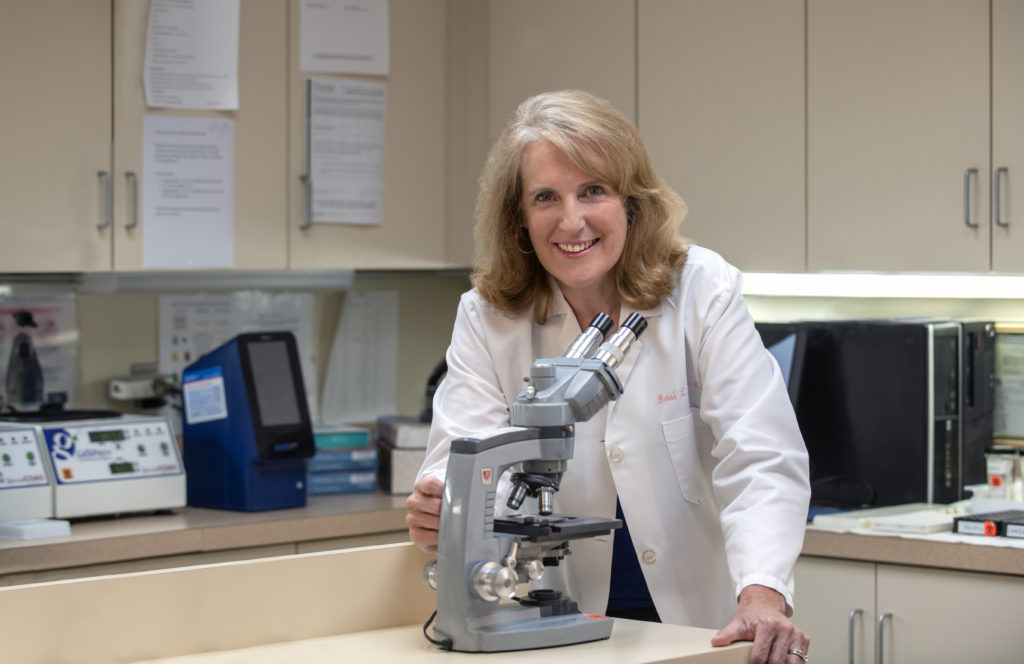
Bonni Lee Guerin, MD Honored By American Cancer Society – Northeast Region
Bonni Lee Guerin, MD, hematologist/oncologist and physician researcher at Overlook Medical Center, was honored by the American Cancer Society for her role in advancing breast cancer treatment and prevention. In addition to her forward-looking clinical approach, Dr. Guerin is the principal investigator (PI) of numerous clinical trials exploring new ways to incorporate the latest advances in the management of breast cancer. Dr. Guerin was PI at Atlantic Health System, with the largest number of study participants of any center in the New York-New Jersey metro area, for the landmark TAILORx clinical trial.